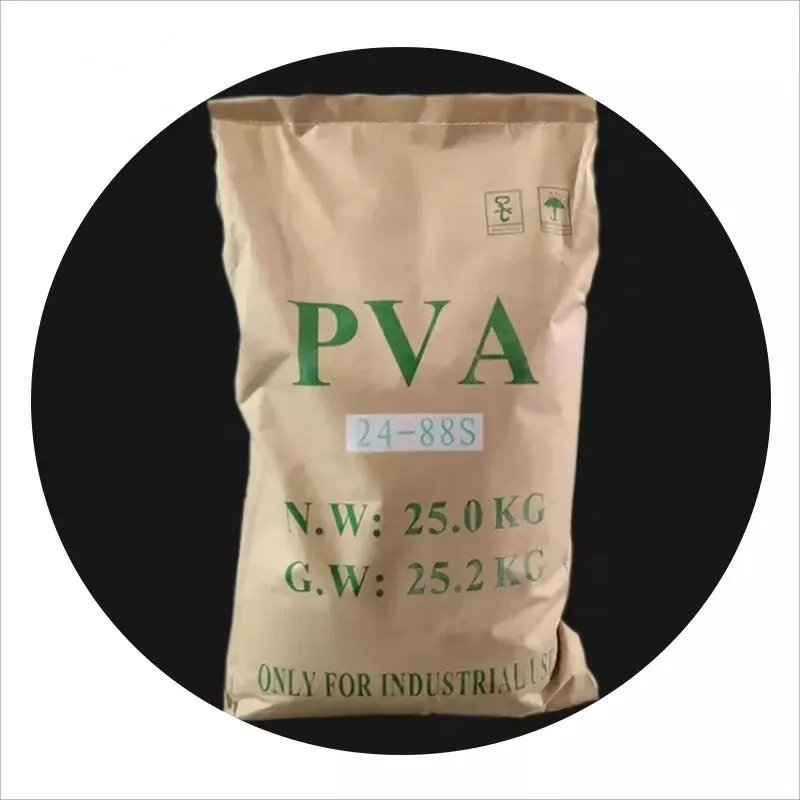HPMC Chemical An Overview of Its Properties and Applications
Hydroxypropyl Methylcellulose (HPMC) is a versatile chemical compound derived from cellulose, a natural polymer found in the cell walls of plants. As a non-ionic, water-soluble polymer, HPMC has gained significant attention in various industries due to its unique properties, making it an essential ingredient for many applications.
Chemical Structure and Properties
HPMC is synthesized by modifying cellulose, specifically through the substitution of hydroxypropyl and methyl groups into the cellulose chain. This modification enhances its solubility in water and improves its thermal stability, allowing it to function effectively in various pH levels and temperatures. The degree of substitution—referring to the number of hydroxypropyl and methyl groups substituted on the cellulose backbone—affects the viscosity and gelling properties of HPMC, making it suitable for different applications.
HPMC is distinguished by its excellent water retention properties, high viscosity, and gel-forming abilities. The water-soluble nature of HPMC allows it to create a smooth, viscous solution when dissolved in water. This characteristic is beneficial for processes requiring a thickening agent, foam stabilizer, or film-forming agent.
Applications in Various Industries
1. Pharmaceutical Industry In pharmaceuticals, HPMC is widely used as a binder and coating agent in tablet formulations. Its ability to control the release of active ingredients enhances bioavailability, making it a preferred choice for sustained-release formulations. Additionally, HPMC is utilized in ophthalmic preparations for its excellent moisture retention and film-forming properties, providing comfort and protection to the ocular surface.
hpmc chemical

2. Food Industry HPMC is recognized as a food additive and is used as a thickener, stabilizer, and emulsifier in various food products. Its non-toxic nature and ability to retain moisture make it an ideal choice for gluten-free baking, helping improve texture and surface quality. Additionally, HPMC contributes to food preservation by inhibiting microbial growth, thereby extending shelf life.
3. Cosmetic and Personal Care Products The cosmetic industry benefits from HPMC's ability to enhance texture and stability in formulations such as creams, lotions, and gels. Its film-forming properties help improve the longevity and adhesion of cosmetic products, such as hair styling gels and nail lacquers, providing a desirable finish. Furthermore, HPMC acts as a thickening agent in shampoos and conditioners, improving their application and effectiveness.
4. Construction Industry HPMC plays a crucial role in the construction sector, particularly in cement-based materials. As a water-retaining agent, HPMC enhances workability and adhesion in mortar and plaster, facilitating better application and minimizing cracking. By improving the rheological properties of construction materials, HPMC contributes to the durability and longevity of building structures.
5. Agricultural Applications In agriculture, HPMC is employed as a soil conditioner and a carrier for pesticides and fertilizers. Its water-retaining properties improve soil structure, promoting healthier plant growth. Additionally, HPMC can be used to encapsulate nutrients, allowing for slow and controlled release, which optimizes nutrient availability to crops.
Conclusion
HPMC is a multifaceted chemical compound that has made significant impacts across various industries. Its unique water-soluble characteristics, along with its effective binding, thickening, and stabilizing properties, render it indispensable in pharmaceuticals, food production, cosmetics, construction, and agriculture. As industrial demands continue to evolve, the potential for HPMC to be utilized in innovative applications remains vast, ensuring that it will play a pivotal role in future developments across these sectors. Whether enhancing product performance, improving texture, or contributing to sustainability, HPMC's versatility and reliability make it a chemical of choice for numerous formulations and processes.
-
Rdp Powder: Key Considerations for Wholesalers in the Building Materials IndustryNewsJul.08,2025
-
Key Considerations for Wholesalers: Navigating the World of Hpmc - Based ProductsNewsJul.08,2025
-
Hpmc Detergent: Key Considerations for WholesalersNewsJul.08,2025
-
Key Considerations for Wholesalers: China Hpmc For Tile Adhesive, Coating Additives, Concrete Additives, and MoreNewsJul.08,2025
-
Crucial Considerations for Wholesalers: Navigating the World of Construction MaterialsNewsJul.08,2025
-
Key Considerations for Wholesalers Sourcing Additive For Cement, Additive For Concrete, Additive For Putty from Additive Manufacturer Shijiazhuang Gaocheng District Yongfeng Cellulose Co., Ltd.NewsJul.08,2025




